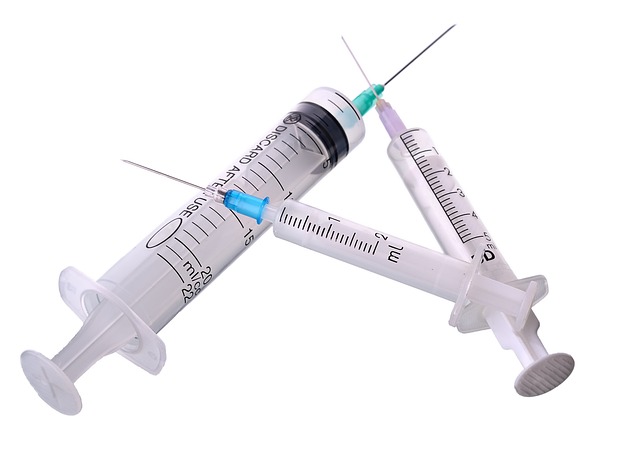Podcast: Play in new window | Download (Duration: 13:08 — 6.0MB) | Embed
In this podcast episode, I discuss thiamine pharmacology and its important role in energy production.
In patients with alcohol use disorder, thiamine deficiency can be somewhat common.
Wernicke’s encephalopathy can result from thiamine deficiency in patients with alcohol use disorder.
Common symptoms from Wernicke’s encephalopathy can include confusion, lethargy, and other central nervous system issues. Thiamine replacement can help treat this issue.
Be sure to check out our free Top 200 study guide – a 31 page PDF that is yours for FREE!
Support The Podcast and Check Out These Amazing Resources!
Meded101 Guide to Nursing Pharmacology (Amazon Highly Rated)
Guide to Drug Food Interactions (Amazon Best Seller)










